Repointing worn out darts is a simple yet effective way to extend the life of your favorite set and maintain their optimal performance. This article will guide you through the process of repointing worn out darts, covering everything from identifying the need for repointing to choosing the right tools and techniques. You’ll also learn about different types of dart points and how to maintain your darts for optimal longevity.
⚠️ Still Using Pen & Paper (or a Chalkboard)?! ⚠️
Step into the future! The Dart Counter App handles all the scoring, suggests checkouts, and tracks your stats automatically. It's easier than you think!
Try the Smart Dart Counter App FREE!Ready for an upgrade? Click above!
Many dart players underestimate the impact of worn-out dart points on their game. A dull or damaged point can significantly affect accuracy and consistency. Repointing worn out darts, therefore, is a crucial skill for any serious player. This extends beyond just improving your scores; it’s about preserving your investment and ensuring your darts perform at their best, game after game.
Repointing Worn Out Darts: A Comprehensive Guide
Before diving into the specifics of repointing worn out darts, it’s important to understand when your darts actually need repointing. Look for signs like bent or damaged points, flattened tips, or noticeable inconsistencies in your throws. If your darts are no longer sticking consistently or are bouncing off the board more frequently, this is a clear indication that it’s time. Consider this part of your regular darts equipment maintenance.
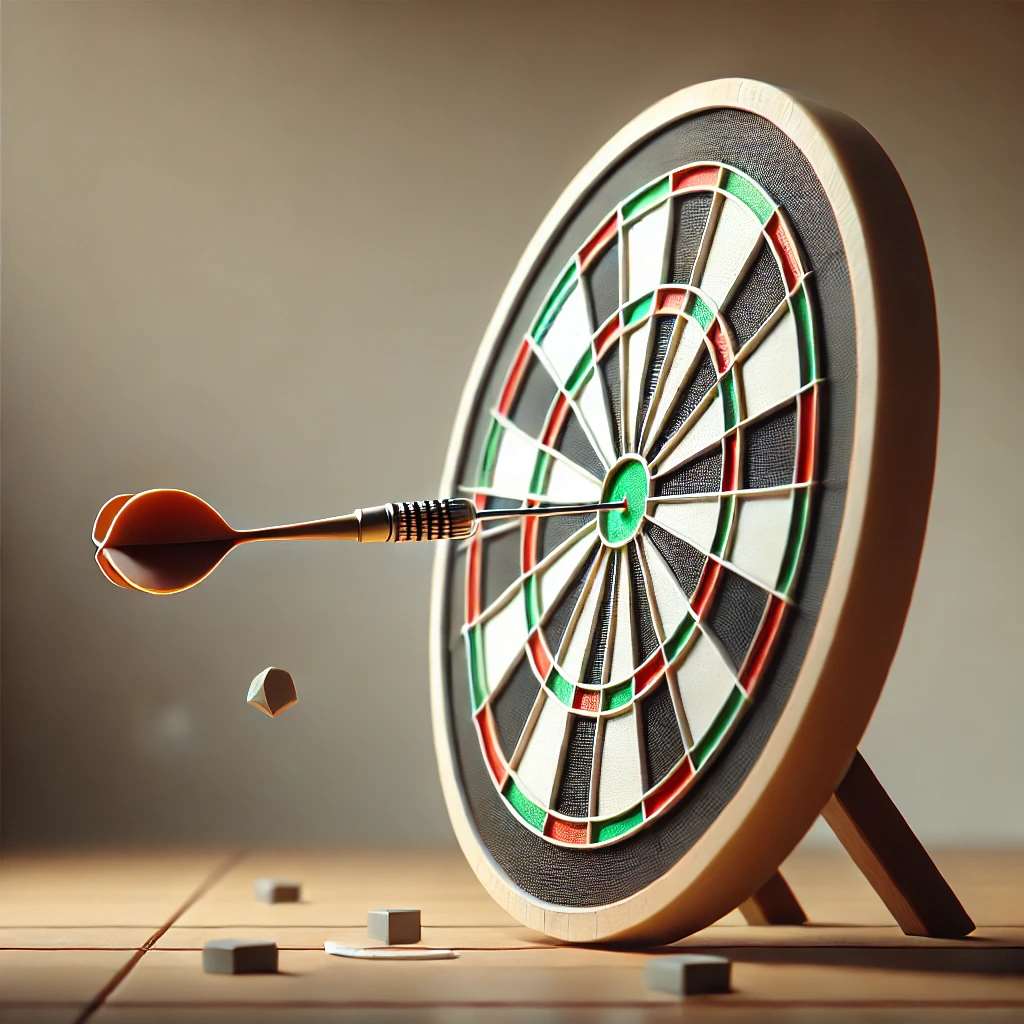
The frequency with which you need to repoint your darts depends largely on the material of your dart points (steel tip versus soft tip) and how often you play. Steel-tip darts, especially, require frequent repointing due to the nature of their interaction with the dartboard.
Identifying the Need for Repointing
Several factors signal the need for repointing worn-out darts. Obvious signs include bent, broken, or significantly flattened tips. Subtle cues include inconsistent sticking, frequent bounces off the board, or a noticeable change in the “feel” of your throws. This is where understanding your dart repointing and dart feel connection becomes critical. Remember, consistent performance requires consistent maintenance. This regular maintenance is a key part of the overall darts equipment maintenance customization.
For a more in-depth understanding of maintaining your darts, check out our guide on Cleaning dartboard regularly to maintain the dartboard’s integrity and prolong the lifespan of your darts.
Tools and Materials for Repointing
Repointing your darts requires specific tools, and having the right equipment is half the battle. The most important tools are a suitable repointing tool (either a sharpening stone or a specialized repointing device), a sturdy workbench or flat surface, and a magnifying glass (optional, but helpful for precise work). You might also want to consider protective eyewear, as small metal particles can fly off during the repointing process.
Choosing the Right Repointing Tool
The market offers several repointing tools, ranging from simple sharpening stones to motorized devices. Sharpening stones are inexpensive and relatively easy to use, making them a great option for beginners. More advanced repointing tools provide greater control and precision, especially helpful for achieving a very fine point on your darts. When choosing a tool, it is essential to understand how this relates to dart sharpening understanding.
Step-by-Step Repointing Process
The actual process of repointing worn out darts involves careful and precise steps. Start by securely clamping your dart in a vise or holding it firmly in a stable position. Use the chosen repointing tool, applying even pressure and maintaining a consistent angle to avoid damaging the dart shaft. Take your time and work methodically to achieve a sharp, symmetrical point. For detailed instructions, you may also find our How to repoint darts guide useful.
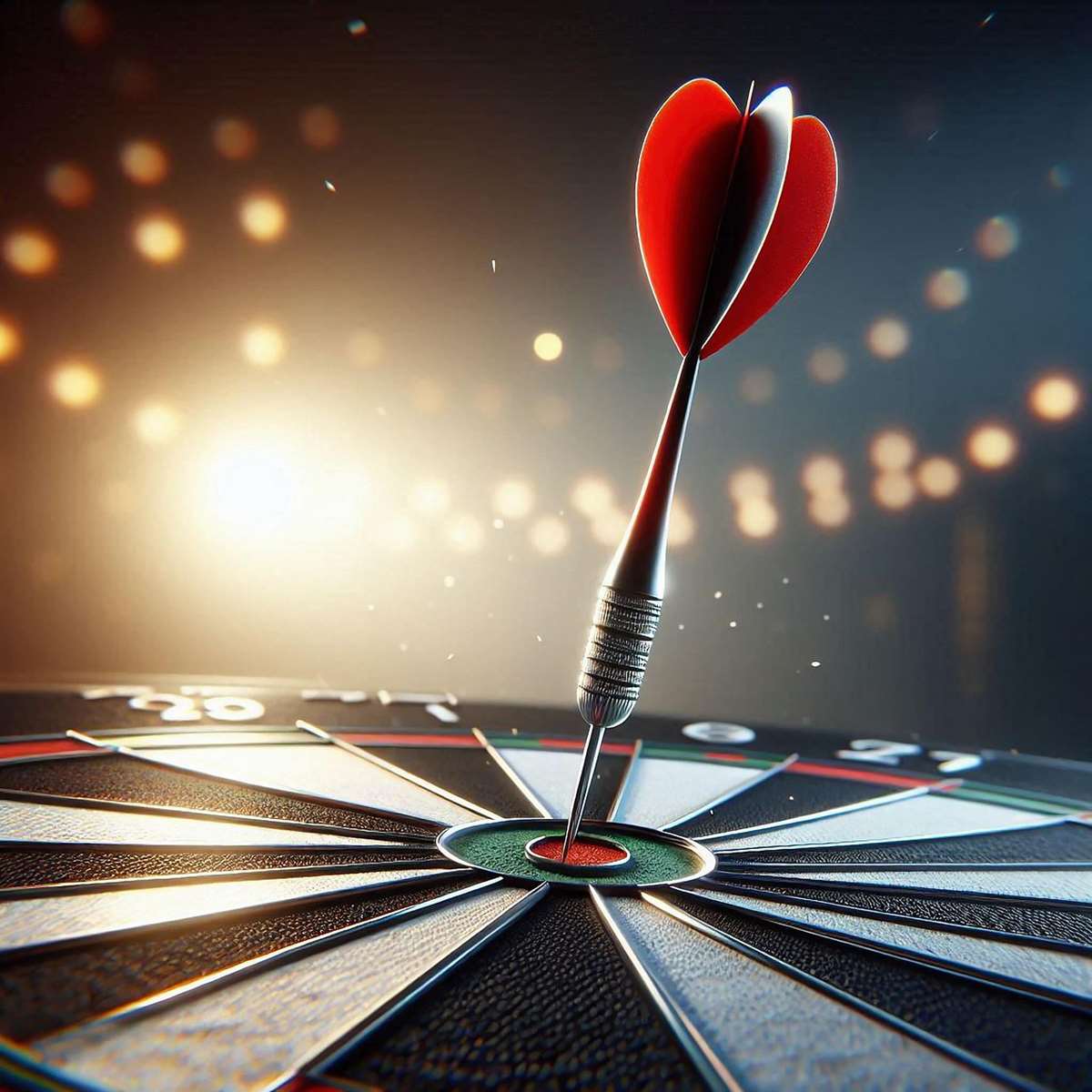
Remember safety first! Always wear protective eyewear to shield your eyes from potential metal shavings. Work in a well-lit area to ensure accurate precision during the repointing process. Regular repointing can significantly increase the lifespan of your darts and ultimately enhance your game.
Troubleshooting Common Issues
During the repointing process, you may encounter some challenges. If the dart point breaks while repointing, it’s time to consider replacing the entire point, rather than just attempting a repair. For guidance on part replacement, consult our comprehensive guide on dart parts replacement tips. If you are consistently struggling to achieve a sharp point, consider investing in a more advanced repointing tool or seeking guidance from experienced dart players.
Understanding dart repointing trends can also help you choose the best methods and tools for your needs. We are always exploring new techniques and technologies to make repointing worn out darts more efficient and effective.
Maintaining Your Darts for Optimal Performance
Repointing worn out darts is only one aspect of maintaining their overall performance. Regular cleaning and proper storage are also crucial. Cleaning your darts after each use prevents dirt and debris from accumulating and potentially dulling the points. Proper storage, in a designated case, keeps them protected from damage, extending their lifespan and ensuring consistent performance.
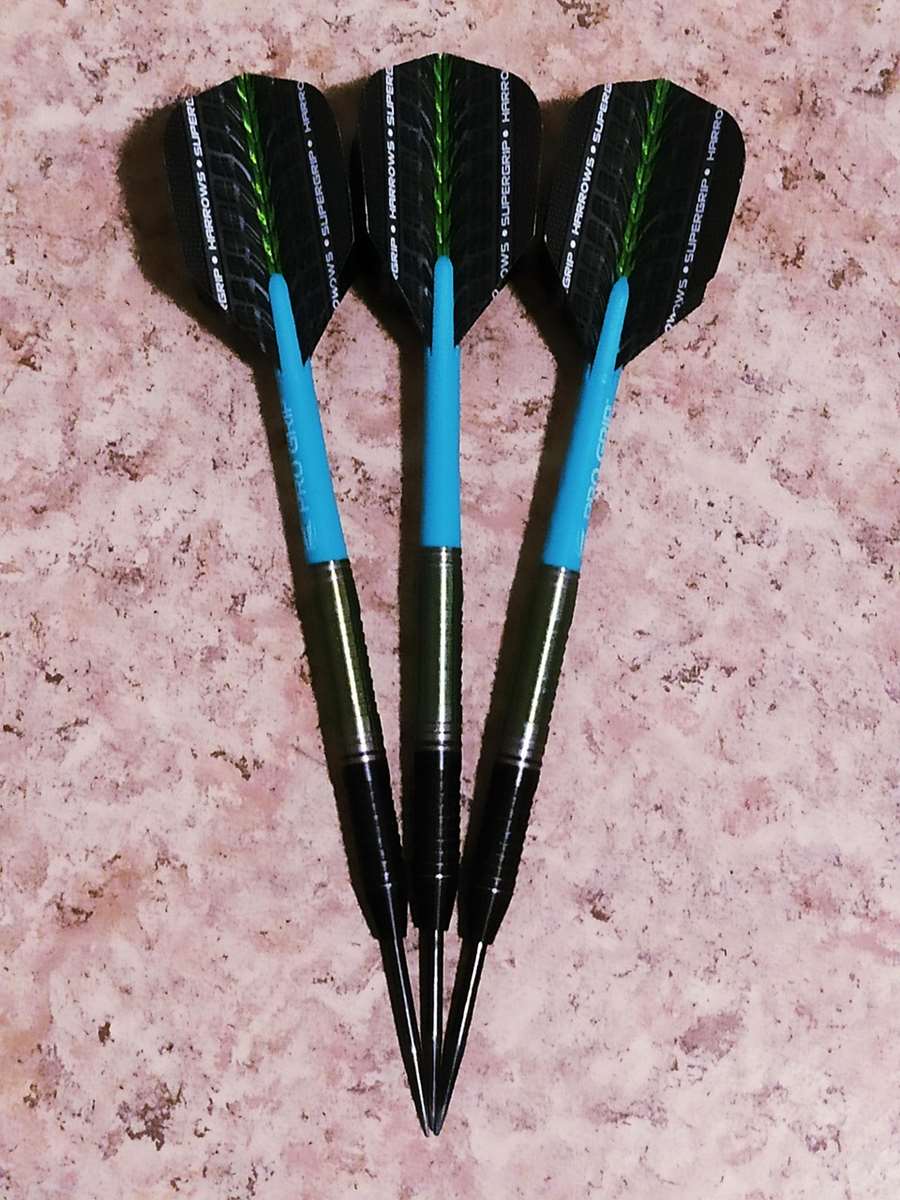
By regularly repointing worn out darts and following these maintenance tips, you can significantly extend the life of your darts and consistently enjoy the game at its fullest.
Different Types of Dart Points and Their Maintenance
The type of dart point significantly impacts its lifespan and maintenance needs. Steel-tip darts, known for their durability, still require regular repointing due to the impact on the bristleboard. Soft-tip darts, used with electronic dartboards, have a shorter lifespan and may require more frequent replacement rather than repointing. Understanding these differences is a key factor in properly maintaining your dart equipment.
For those looking to enhance their darting experience further, consider exploring our selection of rotating dartboard for home use.
Choosing the Right Dart for Your Needs
Before you even get to the point of needing to repoint your darts, make sure you start with the right dart. The material of the dart, the type of tip (steel-tip or soft-tip), and the weight are all factors that impact the performance and lifespan of the dart. Selecting the right dart from the outset can minimize the frequency of needing to repair or replace them. The best way to learn about finding the right tool is by reading our guide to Dart equipment repair vs replacement tool.
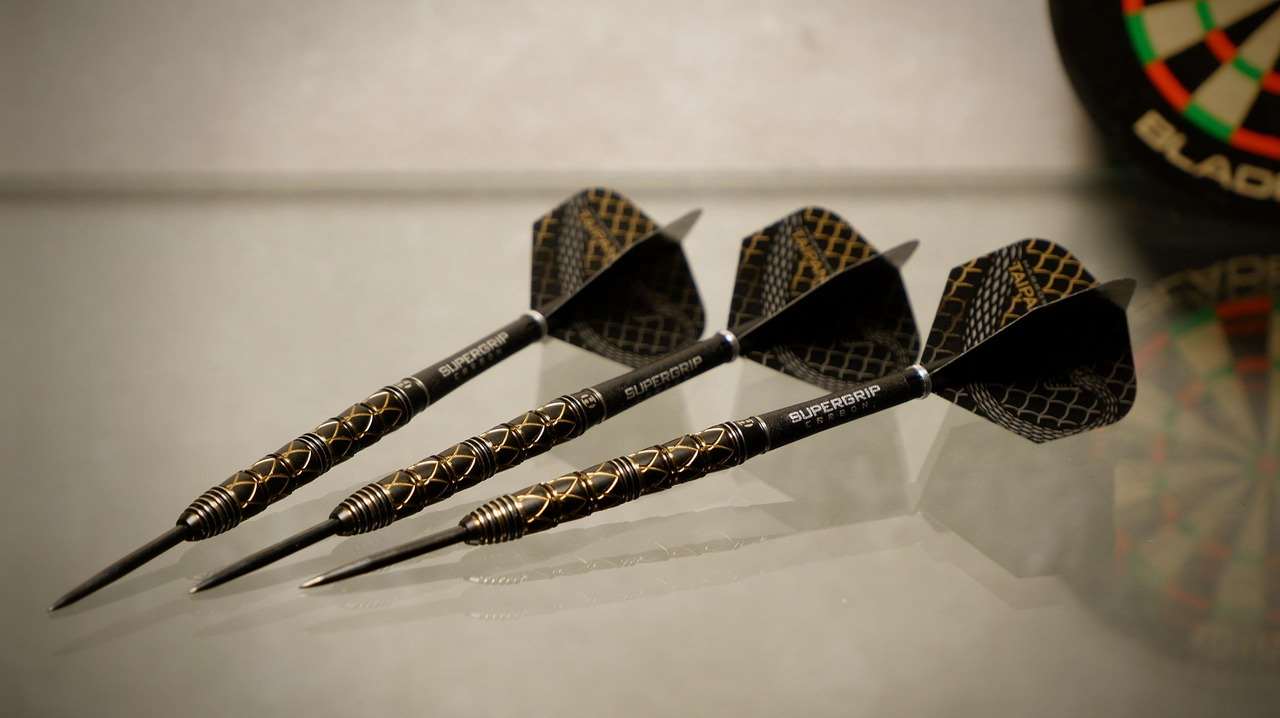
The Importance of Regular Maintenance
Regular maintenance of your darts is essential for consistent performance and a long lifespan. This not only includes repointing worn out darts but also encompasses regular cleaning, proper storage, and careful handling. Neglecting these maintenance routines can lead to premature wear and tear, eventually necessitating more frequent repairs or even complete replacements.
This regular maintenance practice contributes significantly to the overall darts culture and community guide.
Advanced Repointing Techniques
While basic repointing worn out darts is straightforward, advanced techniques can significantly improve the precision and longevity of the point. These techniques often involve specialized tools and a deeper understanding of metallurgy. The goal is to achieve a perfectly sharp, symmetrical point that ensures optimal sticking power and minimizes bounce-outs. For more advanced techniques, it may be beneficial to consult with a professional or experienced dart player.
Learning the fine points of dart maintenance can also save you money in the long run. To learn how you can potentially save money, we encourage you to check out our guide on dart repointing and dart feel.
Repointing Steel Tip Darts vs. Soft Tip Darts
The repointing process differs slightly depending on whether you’re working with steel-tip or soft-tip darts. Steel-tip darts, being significantly harder, require a more robust and precise repointing technique often involving specialized tools. Soft-tip darts, being softer and more flexible, are generally more difficult to repoint effectively. Often, replacement is the more practical solution than repointing. For specific insights on repointing steel-tip darts, read our detailed article on repointing steel-tip darts.
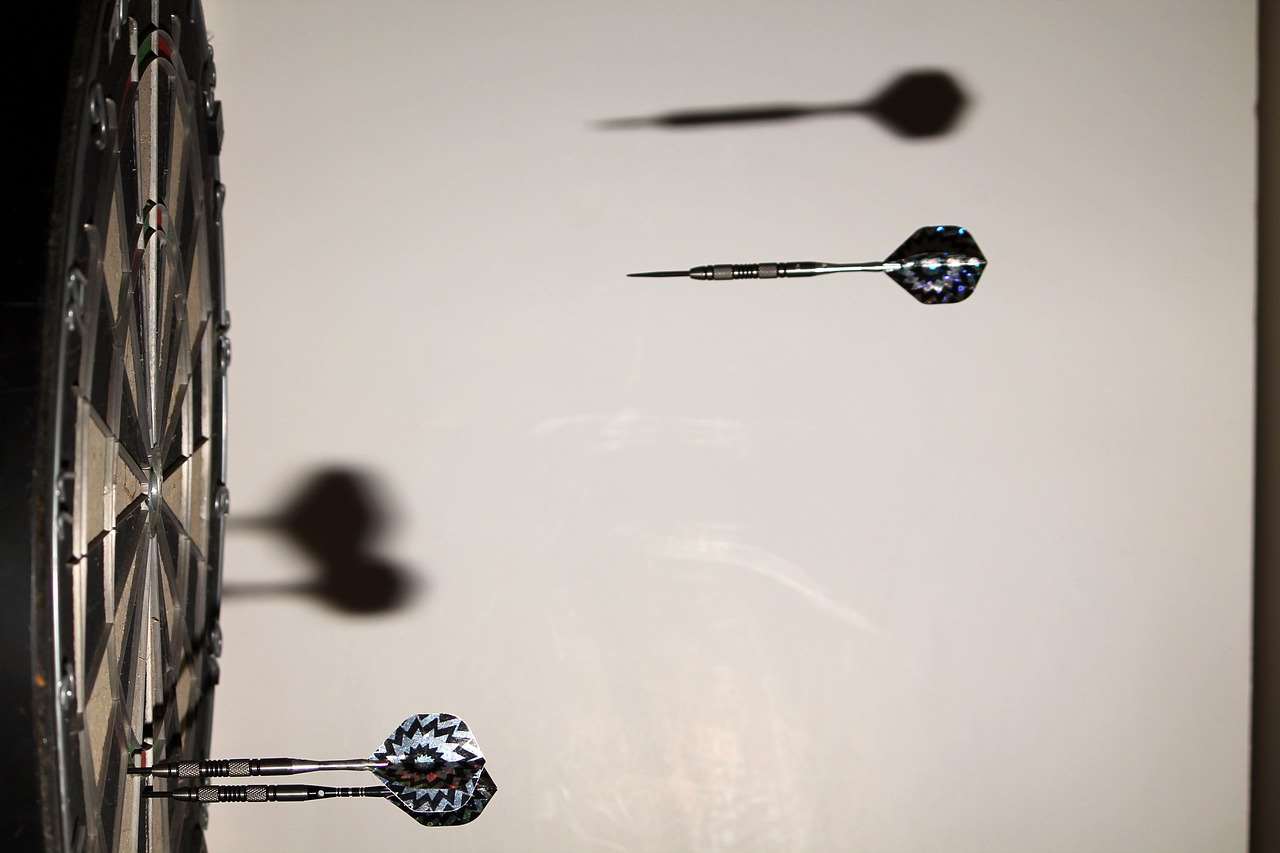
Consider the benefits of changing dartboard wires as a part of your overall dartboard maintenance.
Conclusion
Repointing worn out darts is a vital skill for any dart player looking to maximize their equipment’s lifespan and performance. By understanding the signs of worn-out points, selecting the right tools, and following the correct procedures, you can significantly enhance your game’s accuracy and consistency. Remember, regular maintenance, including repointing, cleaning, and proper storage, is key to keeping your darts in top condition. So, grab your tools, follow these steps, and get ready to throw those darts with renewed confidence and precision!
Ready to elevate your dart game? Learn more about our services and get your darts back in action. Darts Equipment Maintenance Customization.
Hi, I’m Dieter, and I created Dartcounter (Dartcounterapp.com). My motivation wasn’t being a darts expert – quite the opposite! When I first started playing, I loved the game but found keeping accurate scores and tracking stats difficult and distracting.
I figured I couldn’t be the only one struggling with this. So, I decided to build a solution: an easy-to-use application that everyone, no matter their experience level, could use to manage scoring effortlessly.
My goal for Dartcounter was simple: let the app handle the numbers – the scoring, the averages, the stats, even checkout suggestions – so players could focus purely on their throw and enjoying the game. It began as a way to solve my own beginner’s problem, and I’m thrilled it has grown into a helpful tool for the wider darts community.